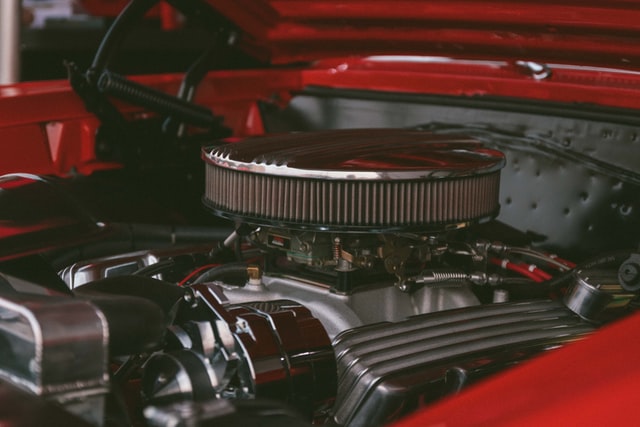The automotive industry has grown and developed since the very first car was invented and sold back in the 1880s. As technology has changed and driving has become accessible to the masses, cars have had to change too, developing into the vehicles we see on the roads today in order to keep up not only with public demand but with environmental demands, lifestyle demands and more. The engine of a vehicle is one area where we’ve seen some incredible improvements over the years and today, we have a huge number of varieties to choose from according to your needs and preferences. Not sure which engine is which? We’ve put together a handy guide to help.
Configuration
The configuration or layout of an engine varies from vehicle to vehicle for a number of reasons – for some, it’ll depend on the shape of the car, for others, it may be because of fuel efficiency or performance. Some of the most common configurations include:
- Straight – Straight engine layouts typically see the cylinders positioned parallel to the car from the front to back of the engine bay with the cylinders pointing upwards. We usually see this kind of layout in high end, premium cars.
- Inline – Inline engines are similar to Straight engine layouts, however, the cylinders are usually arranged perpendicular to the car instead. This kind of engine is typically seen in smaller cars, particularly hatchbacks.
- V – The V, or ‘Vee’ engine arrangement is as its name suggests – the cylinders are arranged in a way that looks like the letter ‘V’ when looked at from the front. The cylinders typically face outwards but drive a common crankshaft at their base. These engines are common in high-performance cars, as the layout allows for more cylinders to be installed in a smaller space.
- Flat/Boxer – Flat engine layouts feature cylinders that are mounted horizontally, usually with two rows facing outwards. They offer a lower centre of gravity within the engine bay, ultimately aiding the handling of the vehicle. They aren’t a common choice, but Porsche is well known for its flat-six engine.
- Rotary – Rotary engines are no longer a common choice for engines, but some older cars may still operate with them. They don’t have pistons like standard engines – they instead use a triangular rotor that spins inside one large cylinder. It offers smooth power delivery but can be expensive to make and install, as well as expensive to maintain and repair.
Cylinders
The number of cylinders and their arrangement in an engine can affect performance, fuel efficiency and more. More powerful vehicles, for example, are likely to have a higher number of cylinders but can be noisier as a result. The cylinder configurations include:
- Twin Cylinder – Two-cylinder engines aren’t produced anymore in new vehicles due to their small capacity and limited power, however older vehicles, particularly the Fiat 500, still operate using them.
- Three – Three-cylinder engines are most commonly seen in smaller cars and can be turbocharged to offer a bit more of a powerful punch for some models.
- Four – Four-cylinder engines are the most common arrangement available in cars today. They will typically be found in a straight or inline configuration.
- Five – Five cylinder engines are relatively rare, not least because of the unusual sound caused by an uneven firing order. You can find them in older Volvos and some Audi RS3 and RS Q3 models.
- Six – Six-cylinder engines are typically reserved for premium cars and top-level supercars. They pack a powerful punch even without turbo and make a louder, higher-pitched sound than configurations with fewer cylinders. They are typically available in both straight, and V-formations.
- Eight+ – Configurations above six cylinders are usually saved for supercars and luxury vehicles. The V8, V10 and V12 units are most common, however, up to 16 cylinders have been seen in Bugatti vehicles.
If you want to know about engine types and how they work, if your engine is experiencing issues and you are seeking engine repairs, we are on hand to help. Simply get in touch with a member of our team for more information or to book an appointment at your local Service4Service garage, today.

